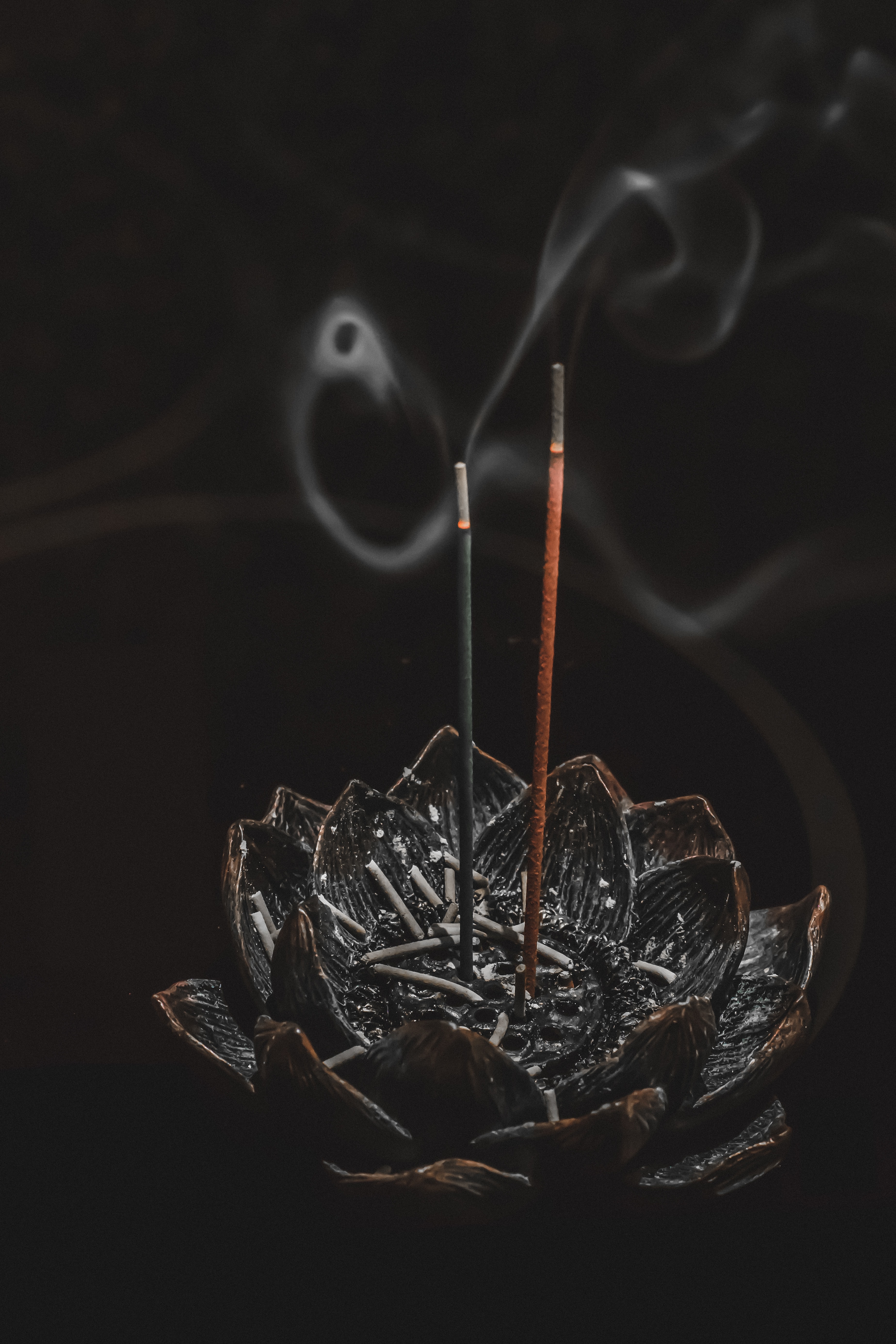HISTORY OF INCENSE
Incense- the word is derived from the Latin word incendere, meaning ‘to burn’. Incense is an aromatic biotic material that releases smoke, a fragrant smoke when burned. The term is used for either the material or the aroma. Incense is used for aesthetic reasons, for religious worship, aromatherapy, meditation, and other rituals. Incense can also be used as a deodorants and insect repellents.
In our country India, incense is usually used in the form of sticks called agarbatti or cones( and others) known as dhoop. Agarbattis are meant to provide aromatic relief for griefs or wounds( derived from Sanskrit agar: aroma and vatti: wound or grief). Incense in various forms are a part of most religious ceremonies of all religions. They are also adding handsomely to the economy now.
Incense was used by Chinese cultures from Neolithic times, used mainly for worship. The oldest source on incense is the Vedas, specifically, the Atharvaveda and the Rigveda. Incense-burning was used both to create pleasing aromas and a medicinal tool.
Generally incenses fall mainly in two types : indirect-burning and direct-burning types. The ‘Indirect-Burning’ incenses are of the non-combustible types and not capable of burning on their own. They need an external heat source to make them burn and emit smell. The ‘Direct-Burning’ incenses have a non-combustible nature. They are lit by a flame. Once they catch the flame, they are blown out leaving a smouldering ember emitting a fragrant smoke, like the incense sticks and cones, and dhoops.
The Egyptians used incenses, combustible ones in day to day life and worship rituals. Many tombs there have been found with resin balls among other materials. The Babylonians used incense too for appeasing Gods. Incense travelled to Rome and Greece from there. The Indus valley civilization has been known to use essential oils (derived from plants), the first evidence of such usage. The Chinese used incense made of herbs and plant parts. In fact they had buildings dedicated to incense ceremonies.
Incense also had medicinal purposes and their use have been documented in Ayurveda. Its use in medicine is considered the first phase of Ayurveda, which uses incense as an approach to healing. The practice of incense as a healing tool was also incorporated into the religious practices of the time. When Buddhism was founded in India, incense became an important part of Buddhism and it is believed that incense stick making was introduced to China by some wandering Buddhist monks.
To begin with incense was made by monks to maintain sanctity of religious ceremonies. But they have documented to have been used to make houses and palaces fragrant. It was said that incense kept demons and negativity away. They have been used to clothes of the nobility fresh and smelling good. Incense have been burned and the smoke used to perfume hair of kings and queens. They were also used as insect repellents. Many Japanese warriors were said to perfume their headgear and armours with incense for that sense of invincibility. The priests in Japan used incense for purification rites and rituals as well.
Incense then were made of cypress, cassia, cinnamon, styrax, sandalwood, Sarsaparilla seeds, flowers, deer musk, various plant resins, frankincense, and agarwood. Many believe the term agarbatti was used because agarwood was used as an incense for burning.
~Dr. Madhumita
*source : the web and various people involved in incense making

